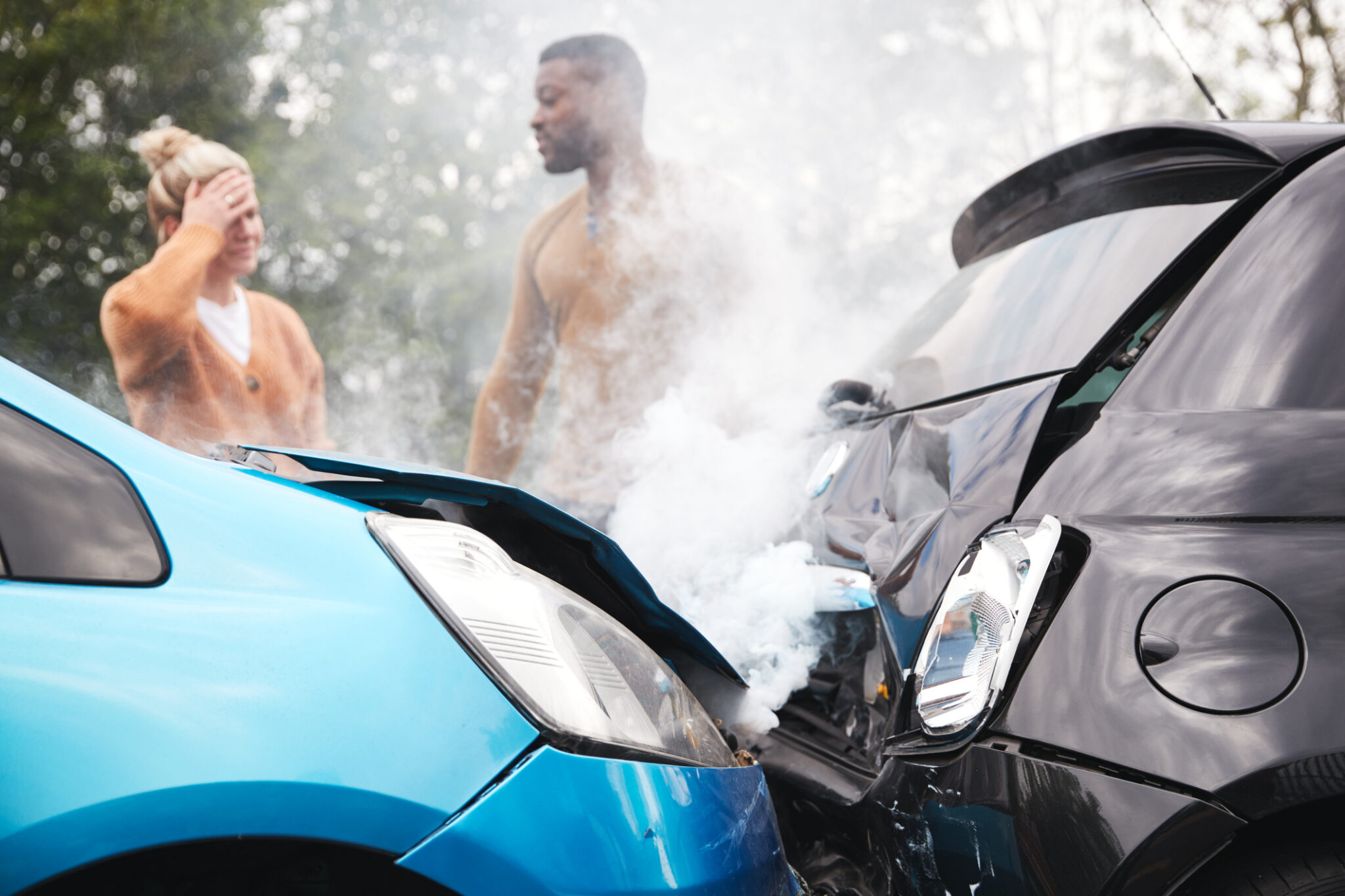
How Many Drivers Are Uninsured in Ohio and the U.S.?
Despite financial responsibility laws in many states, uninsured motorists still pose a major problem on U.S. roadways. The Insurance Information Institute (III) reports that approximately one in seven drivers, or 14% of motorists, were uninsured in 2022. Ohio ranked among the top 10 states for uninsured motorists, with 17.1% uninsured. If you are involved in a crash caused by an uninsured driver, you could be left with significant medical expenses, repair costs, and other losses, with no way to recover from the at-fault driver.
What Are the Minimum Requirements for Auto Insurance in Ohio?
Under the Ohio Revised Code Section 4509.101, it is against the law to operate a motor vehicle in this state without proof of financial responsibility maintained continuously throughout the registration period for that vehicle. Failure to comply can lead to penalties such as driver’s license suspension, vehicle registration suspension, and fines. To legally operate a vehicle, drivers must carry the following minimum liability coverage under Ohio Revised Code Section 4509.51:
- $25,000 per person bodily injury liability
- $50,000 per accident bodily injury liability
- $25,000 per accident property damage
What Does It Mean to Be an Underinsured Driver?
Even when drivers comply with the law and carry the minimum auto liability insurance coverage, policies may fall short when damages occur. Damages in a serious crash that causes significant injuries and major property damage may far exceed state-required minimums. If an at-fault driver’s policy only covers $25,000 for bodily injury per person and your medical expenses related to the accident total $50,000, you are left with a $25,000 gap that you must cover somehow.
When Does Uninsured/Underinsured Motorist Coverage Come Into Play?
Although it is not required under Ohio law, uninsured and underinsured (UM/UIM) coverage can be a vital part of an auto insurance policy. This coverage is designed to protect you in case you are involved in a crash with an uninsured or underinsured driver. In the event of an accident with an uninsured at-fault driver, UM coverage helps pay for your medical expenses and other costs related to the crash. If an underinsured motorist causes your accident and injuries, UIM coverage can help make up the difference when the at-fault driver’s policy limits are not high enough to cover your damages. Typically, UM/UIM auto insurance coverage includes compensation for:
- Medical expenses
- Lost wages
- Pain and suffering
- Property damage
How Does Uninsured/Underinsured Motorist Coverage Work?
Uninsured Motorist Coverage
If you are involved in a crash caused by an uninsured driver, you may file a claim with your own insurance company, provided you have uninsured motorist coverage. You should be entitled to compensation for medical expenses, lost wages, and other losses. Your insurance company compensates you for your losses up to the limits of your UM coverage in place of the at-fault driver.
Underinsured Motorist Coverage
UIM coverage works somewhat differently than UM coverage. If the at-fault driver has some liability insurance but not enough to cover your damages, you collect it first from that driver’s insurance company. Then, you may file a claim with your insurance company for the remaining damages. This claim will go through your uninsured motorist coverage.
What Should You Do After an Accident with an Uninsured or Underinsured Driver?
The steps you take after an accident with an uninsured or underinsured driver can significantly impact your ability to recover compensation. It is essential to do the following:
- Check for injuries: Check yourself, any passengers, and occupants of the other vehicle for injuries. Get emergency medical attention if needed.
- Report the accident: It is critical to call the police after a car crash, particularly when the other driver is uninsured or underinsured. A police report can be vital evidence in an insurance claim.
- Exchange information: Get the other driver’s name, contact information, and insurance information. If the other driver is uninsured, document that fact.
- Collect evidence at the scene. Take photos of the accident scene, including vehicle damage and any visible injuries. Get contact information for any eyewitnesses.
- Notify your insurer: Report the accident to your insurance company as soon as possible. You must file a UM/UIM claim if the other driver is uninsured or underinsured.
- Contact a car accident attorney: A skilled personal injury lawyer can help you navigate the claims process and ensure you receive fair compensation. Insurance companies may deny or undervalue UM/UIM claims, and having legal representation can make a difference.
How Can an Experienced Personal Injury Attorney Help?
If you have been in a car accident caused by an uninsured or underinsured driver, our seasoned personal injury lawyer can help in the following ways:
- Evaluate your auto insurance policy: Your own UM/UIM coverage may be essential if the at-fault driver is uninsured or only has the minimum liability coverage required by law. We can review your policy and explain how your coverage applies and your policy limits.
- File a claim: Our Ohio car accident attorney can gather the evidence, handle the paperwork, and meet deadlines. We can ensure your claim is submitted correctly, reducing the chance of denial.
- Negotiate with insurance companies: Even when you are filing a claim under your own policy, insurers may try to minimize payouts. We can prove liability and damages and advocate on your behalf for the maximum compensation.
- Litigate if necessary: If the insurance company does not offer a fair settlement, we can file a lawsuit to recover the compensation you are entitled to receive.
At HMW Law, we have more than 70 years of combined experience. Call us at 216-369-1352 after an accident caused by an uninsured or underinsured motorist.
